How to Choose the Right Circuit Breakers for Your Home and Business Needs
When it comes to the safety and efficiency of electrical systems in both residential and commercial settings, selecting the right circuit breakers is of paramount importance. According to the National Fire Protection Association (NFPA), electrical failures account for approximately 22% of all reported home fires, underscoring the critical role that circuit breakers play in preventing electrical hazards. Furthermore, a recent report by the Edison Electric Institute indicates that as energy consumption increases, so does the need for modern circuit breakers that can handle higher loads and offer enhanced features like smart technology integration. With diverse options available—ranging from standard single-pole breakers to more advanced surge protection devices—it is essential for homeowners and business owners alike to understand their specific electrical requirements. This guide aims to provide essential insights into how to choose the appropriate circuit breakers, ensuring not only compliance with safety regulations but also optimal performance and reliability for your electrical systems.
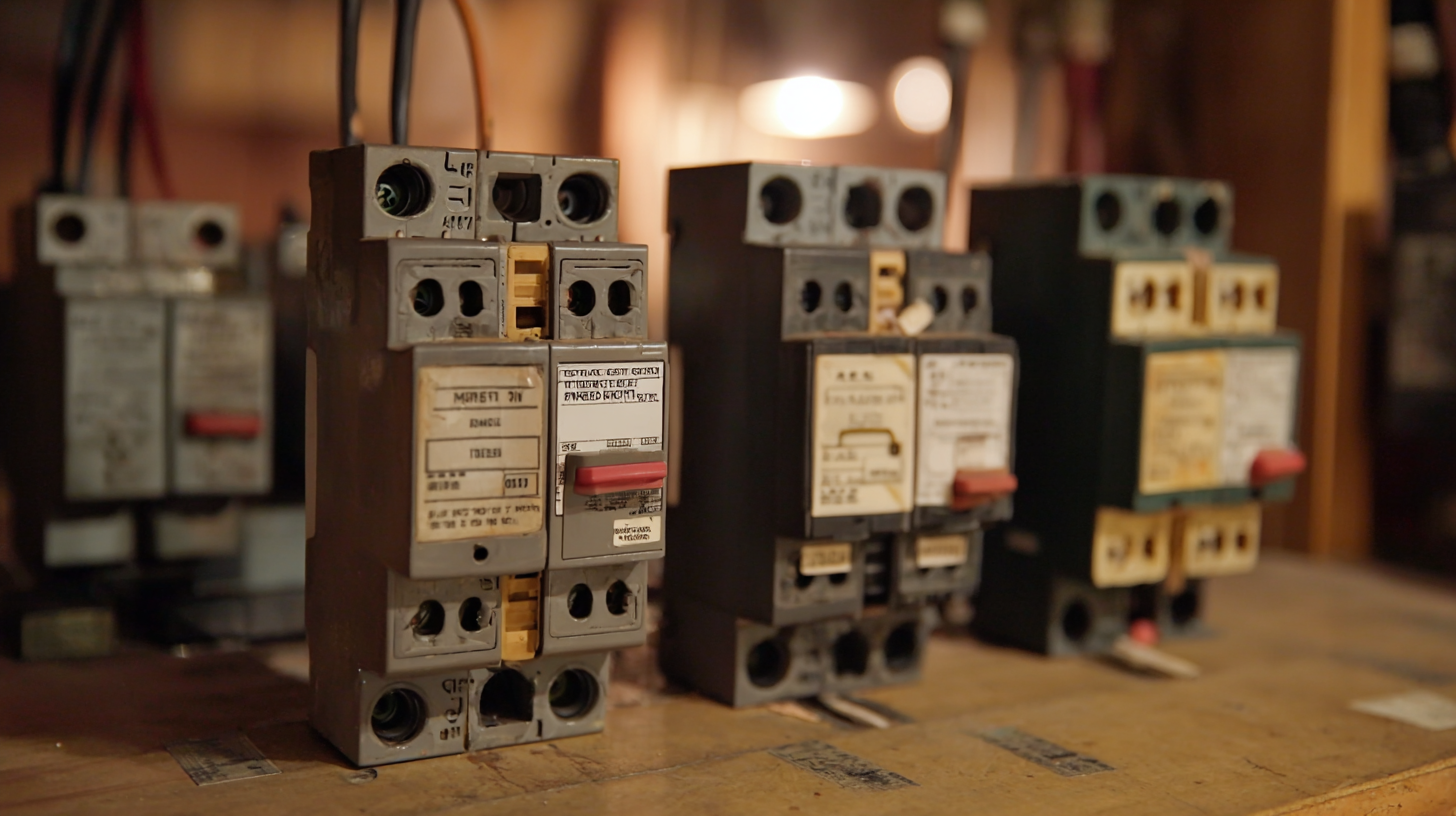
Understanding the Different Types of Circuit Breakers: A Comprehensive Guide
When selecting circuit breakers for your home or business, understanding the different types available is crucial. The most common types include
standard,
GFCI (Ground Fault Circuit Interrupter), and
AFCI (Arc Fault Circuit Interrupter) breakers.
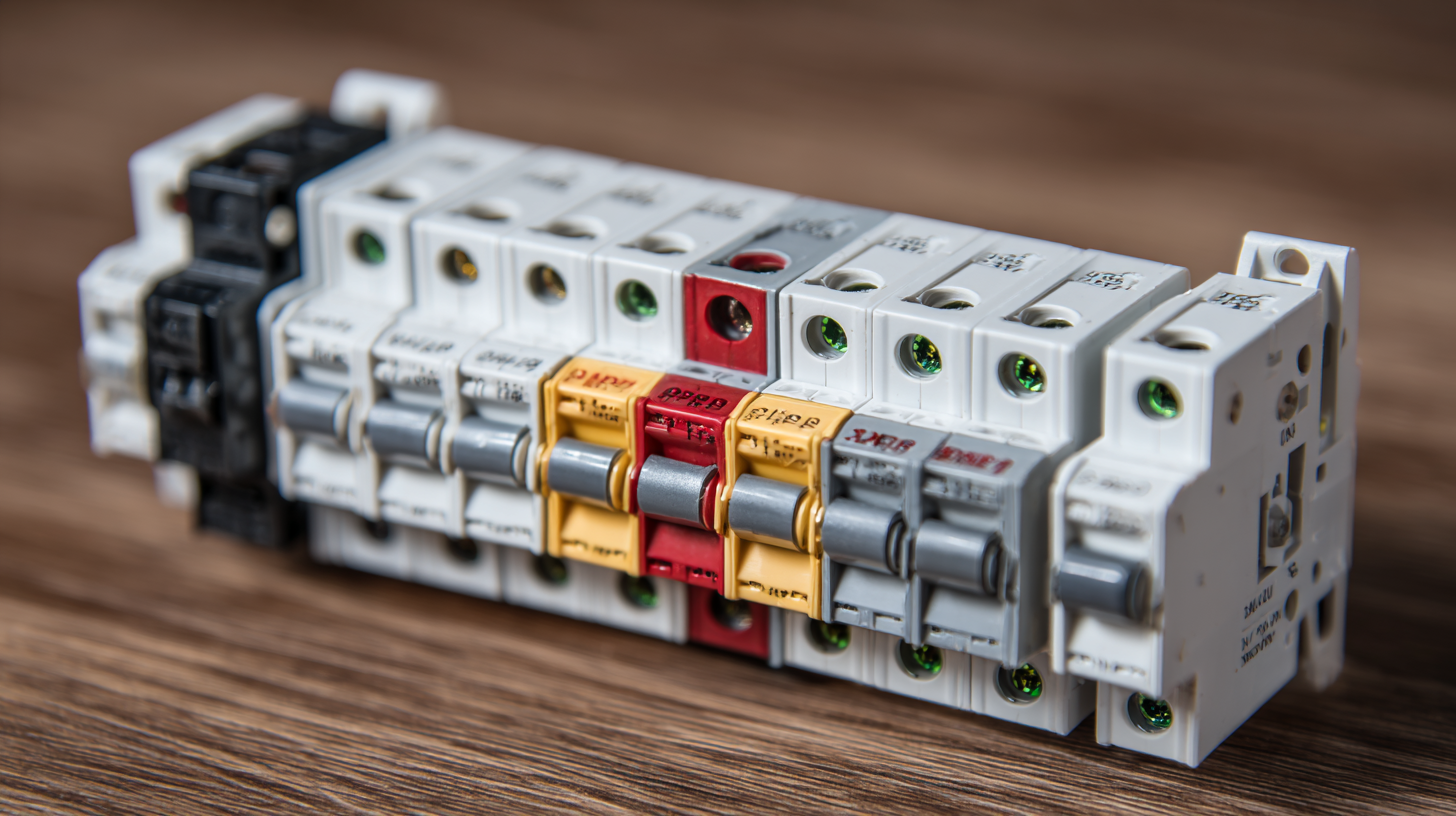 Standard circuit breakers protect against overloads by tripping when the current exceeds a set limit. They are essential for general circuits but may not provide sufficient safety in wet or high-risk areas, where GFCI breakers are recommended.
These devices detect ground faults and quickly cut off electricity, preventing electric shocks and improving safety in bathrooms and kitchens.
Standard circuit breakers protect against overloads by tripping when the current exceeds a set limit. They are essential for general circuits but may not provide sufficient safety in wet or high-risk areas, where GFCI breakers are recommended.
These devices detect ground faults and quickly cut off electricity, preventing electric shocks and improving safety in bathrooms and kitchens.
AFCI breakers, on the other hand, are designed to detect and prevent arc faults, which can lead to electrical fires. These breakers are particularly important in bedrooms and living spaces where electrical devices are often used. In commercial settings, businesses may require specialized breakers that cater to the specific electrical loads and safety standards for their operations. By understanding the unique functions of each breaker type, you can make an informed decision that ensures safety and efficiency for your electrical systems.
Evaluating Electrical Load Requirements for Residential and Commercial Spaces
When selecting the appropriate circuit breakers for both residential and commercial spaces, understanding the electrical load requirements is vital. Each property has distinct energy needs based on the number of appliances, lighting, and other electrical devices used. According to the National Renewable Energy Laboratory, a typical home can require up to 200 amps of service to adequately support modern electrical demands, while commercial spaces may require significantly higher capacities, often exceeding 400 amps, to handle multiple heavy-duty equipment and systems efficiently.
Tips: Always calculate the total wattage of all devices you plan to use, and consider adding a margin of safety—typically 20% above your total load. This will help avoid tripping breakers and reduce the risk of electrical fires.
Regularly evaluating and upgrading your circuit breakers in accordance with changing electrical loads can prevent costly outages and enhance safety. The National Fire Protection Association states that improper circuit protection is a leading cause of electrical fires. Ensure that your breakers match the load requirements and are equipped to handle potential future increases, especially in commercial settings where demand may fluctuate markedly.
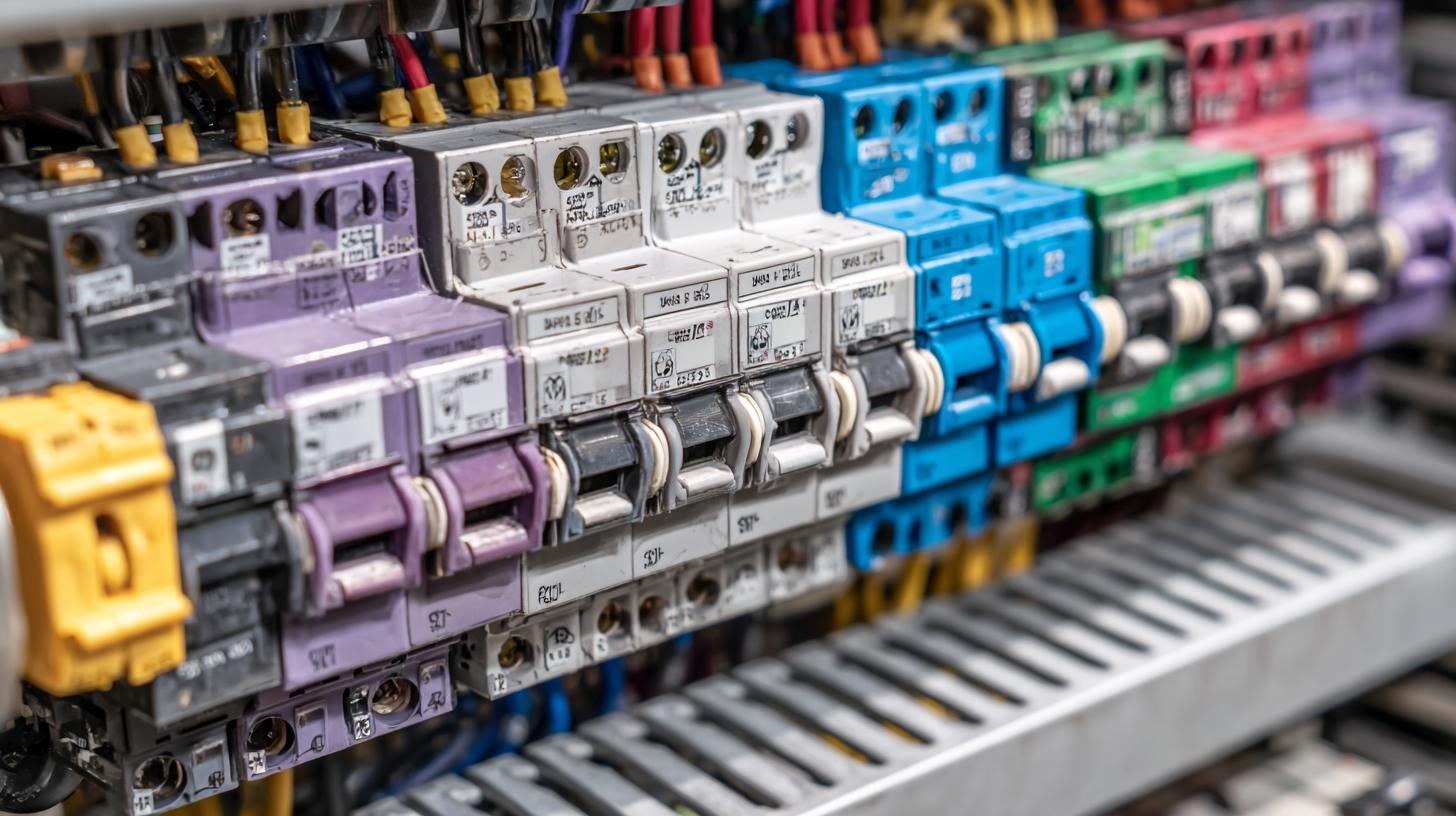
Key Features to Look for When Selecting Circuit Breakers for Safety and Efficiency
When selecting circuit breakers for your home and business, safety and efficiency are paramount. One of the key features to consider is the breaker type. Standard circuit breakers come in various forms, such as thermal-magnetic and electronic trip models. Thermal-magnetic breakers are reliable for typical applications, while electronic trip breakers provide advanced protection and can be tailored to specific needs, reducing the risk of damage during overloads or faults.
Another important aspect to evaluate is the ampacity of the circuit breaker. It's essential to select a breaker that can handle the maximum load of your circuits without tripping unnecessarily. Additionally, look for breakers with a good short-circuit interrupting rating (ICR) to ensure they can safely handle fault conditions. Other features like GFCI (Ground Fault Circuit Interrupter) and AFCI (Arc Fault Circuit Interrupter) technology enhance safety by preventing electrical fires and shock hazards, making them ideal choices for critical areas like kitchens and bedrooms. By carefully considering these features, you can ensure that you select circuit breakers that enhance the safety and efficiency of your electrical system.
Safety Ratings of Circuit Breakers
This chart illustrates the safety ratings of various types of circuit breakers commonly used in residential and commercial settings. The data reflects the average safety ratings based on industry standards, helping you make informed choices for safety and efficiency.
Comparative Analysis of Single-Pole vs. Double-Pole Circuit Breakers
When it comes to selecting circuit breakers for residential or commercial applications, understanding the key differences between single-pole and double-pole circuit breakers is critical. Single-pole breakers are designed to protect 120-volt circuits, commonly found in household lighting and receptacles. According to the National Electrical Manufacturers Association (NEMA), single-pole breakers are widely used due to their efficiency in residential settings, accounting for roughly 65% of all breaker installations in homes. Their simplicity makes them suitable for low-power applications, providing adequate protection with a straightforward installation process.
In contrast, double-pole circuit breakers are essential for appliances that require a 240-volt supply, such as electric water heaters, dryers, and HVAC systems. They can handle two 120-volt circuits simultaneously, making them a versatile choice for higher power needs. A report from the Electrical Safety Foundation International (ESFI) highlights that appliances operating on double-pole breakers are becoming increasingly common, especially in modern builds, which can lead to an upsurge in their usage by 20% over the last decade.
Selecting between a single-pole and double-pole breaker depends largely on the specific power requirements of your devices and the overall electrical layout of your space, ensuring safety and efficiency in your electrical system.
Tips for Installation and Maintenance of Circuit Breakers to Enhance Longevity
When it comes to enhancing the longevity of circuit breakers, proper installation and maintenance play crucial roles. According to the National Fire Protection Association (NFPA), nearly 23% of electrical fires in residential settings are linked to improper installation of electrical equipment, including circuit breakers. To mitigate this risk, it’s essential to ensure that circuit breakers are installed by a qualified electrician and comply with the National Electrical Code (NEC). An expert can assess your electrical load requirements and recommend the appropriate type and rating of circuit breakers, reducing the likelihood of overheating and tripping.
Regular maintenance is equally important in prolonging the lifespan of circuit breakers. The Electrical Safety Foundation International (ESFI) suggests that homeowners should routinely inspect their circuit breakers for signs of wear, such as discoloration or unusual heat. Additionally, keeping the breaker panel clean and dust-free can prevent potential overheating. It's recommended to test circuit breakers at least once a year to ensure they operate correctly. By following these guidelines, users can significantly enhance the performance and reliability of their circuit breakers, making for a safer environment in both residential and business settings.
How to Choose the Right Circuit Breakers for Your Home and Business Needs
| Type of Circuit Breaker | Amperage Rating | Voltage Rating | Application | Installation Tips | Maintenance Tips |
|---|---|---|---|---|---|
| Miniature Circuit Breaker (MCB) | 16A | 230V | Lighting and Small Appliances | Ensure proper wire sizing and connection. | Check for dust accumulation and reset after a trip. |
| Residual-Current Circuit Breaker (RCCB) | 30mA | 230V | Protection against electric shock | Test the device periodically using the test button. | Ensure external surfaces are clean and free of moisture. |
| Air Circuit Breaker (ACB) | 800A | 400V | Industrial Applications | Install in a well-ventilated area to prevent overheating. | Perform regular inspections for mechanical issues. |
| Molded Case Circuit Breaker (MCCB) | 200A | 600V | Commercial Equipment | Ensure tight connections to prevent arcing. | Keep terminals clean and check settings periodically. |
Related Posts
-

Top Strategies for Enhancing Circuit Breaker Performance and Reliability in Industrial Applications
-
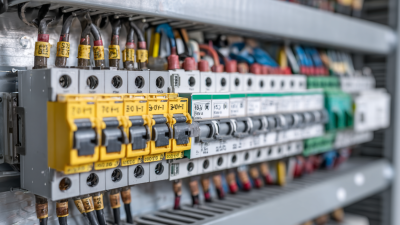
9 Essential Tips for Maintaining Your Electrical Breakers
-

5 Essential Benefits of Upgrading Your Electrical Switchgear for Global Industry Leaders
-
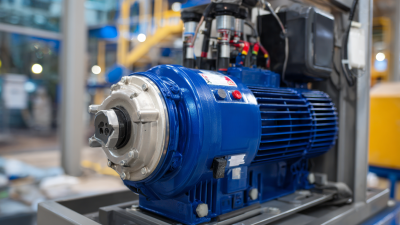
7 Essential Tips for Optimizing Your Electric Motor VFD Efficiency
-

Digital Revolution Best VFD Controller for Maximizing Energy Efficiency and Performance
-

7 Tips to Optimize Your Motor Control Systems for Increased Efficiency
